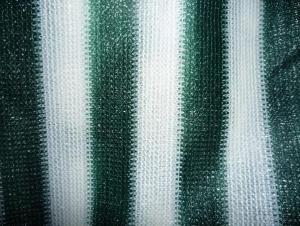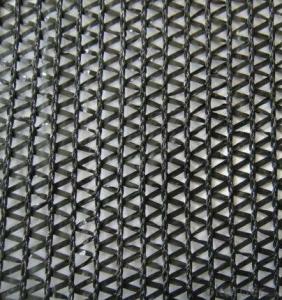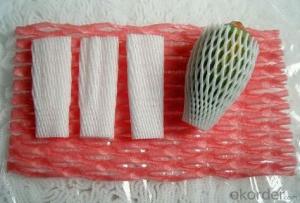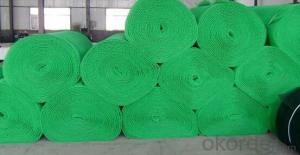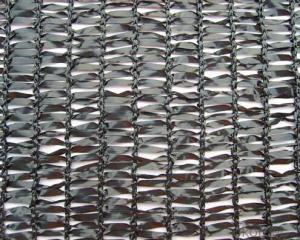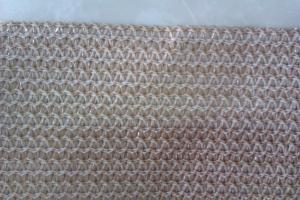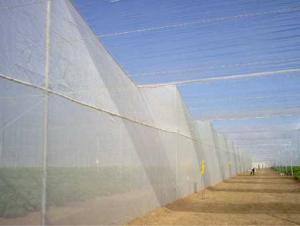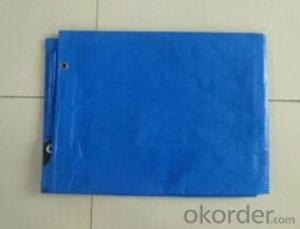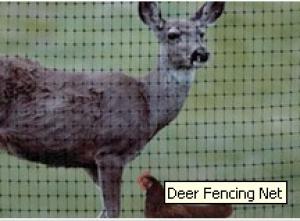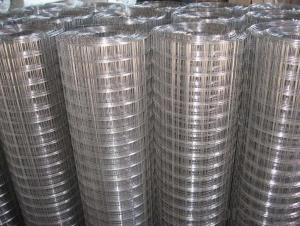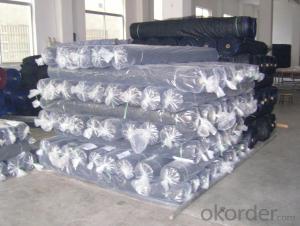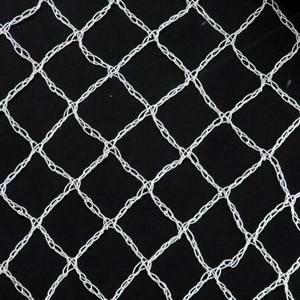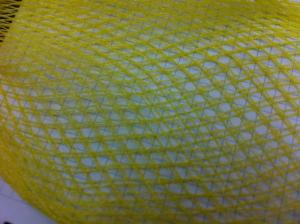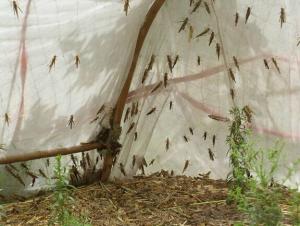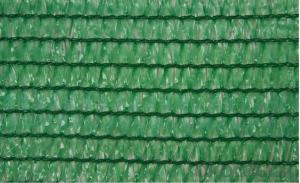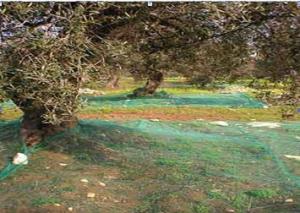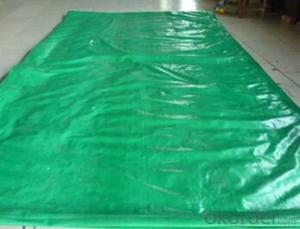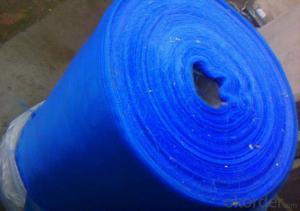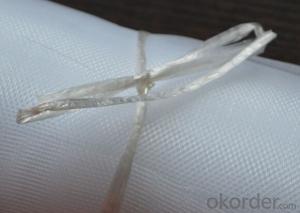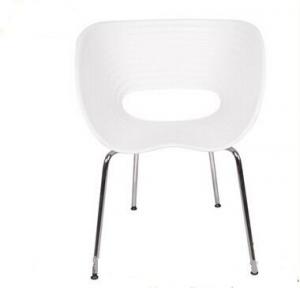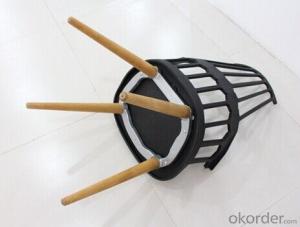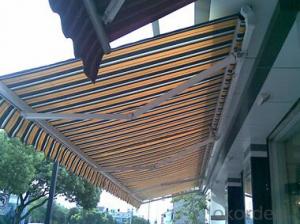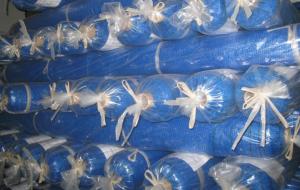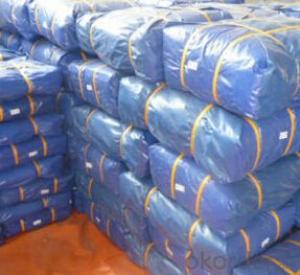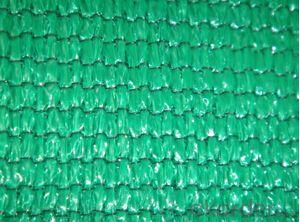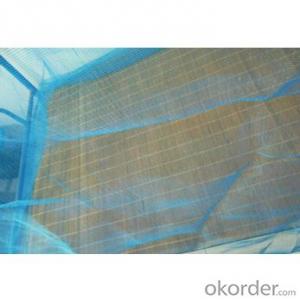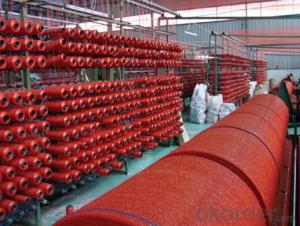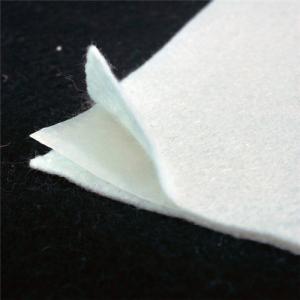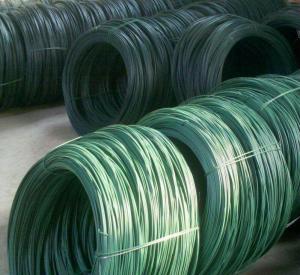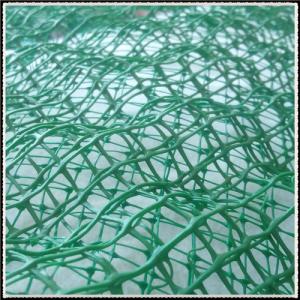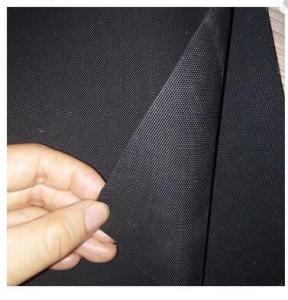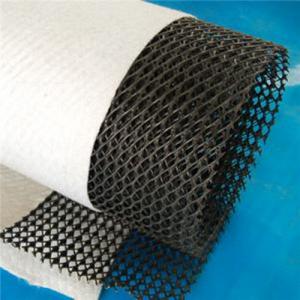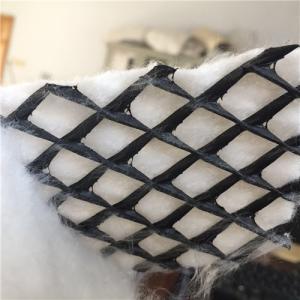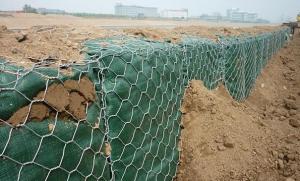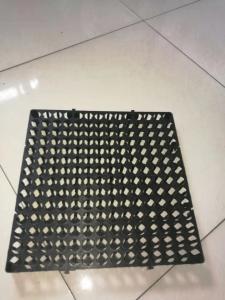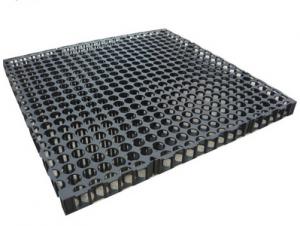Garden Plastic Netting
Garden Plastic Netting Related Searches
Plastic Netting For Gardens Plastic Garden Netting Uk Green Plastic Netting Black Plastic Garden Netting Plastic Garden Netting Fencing Clear Plastic Netting Garden Plastic Sheeting Plastic Safety Netting Plastic Wire Netting Plastic Netting Uk Plastic Netting Nz Plastic Deer Netting Rigid Plastic Netting Garden Screen Netting Protective Netting Barrier Fence Netting Poly Tube Netting Flexible Netting Agricultural Netting Suppliers Recycled Plastic Garden Bench Garden Bench Recycled Plastic Protective Plastic Sheeting Green Plastic Roofing Sheets Wholesale Plastic Hanging Baskets Green Plastic Fencing Roll Corrigated Plastic Roofing Plastic Mesh Deer Fencing Large Rolls Of Plastic Sheeting Plastic Tubing Clear Plastic Flower PotsGarden Plastic Netting Supplier & Manufacturer from China
Garden Plastic Netting is a versatile product designed to protect and support plants in various gardening applications. This netting is made from durable plastic materials, which makes it resistant to weather conditions and suitable for long-term use. It is commonly used to deter birds, insects, and other pests from damaging plants, as well as to provide support for climbing plants and to prevent the spread of invasive species. The netting is available in different sizes and mesh densities, allowing gardeners to choose the most appropriate option for their specific needs.Garden Plastic Netting is widely used in both residential and commercial settings, such as vegetable gardens, fruit orchards, and flower beds. It can also be found in greenhouses, nurseries, and agricultural fields. The product is easy to install and maintain, making it a popular choice among gardeners and farmers. By using Garden Plastic Netting, users can effectively protect their plants from potential threats, ensuring a healthy and bountiful harvest.
Okorder.com is a reputable wholesale supplier of Garden Plastic Netting, offering a vast inventory of high-quality netting products at competitive prices. With a commitment to customer satisfaction, Okorder.com ensures that their Garden Plastic Netting is made from the best materials and meets the highest industry standards. By partnering with Okorder.com, customers can benefit from their extensive experience in the industry and access to a wide range of netting options, making it easier to find the perfect solution for their gardening needs.
Hot Products

